Sumerian Stele Of The Vultures: Oldest Known Historical Records Carved On Limestone
A. Sutherland - AncientPages.com - The Stele of the Vultures is the Sumerian historical and literary work dated to the Early Dynastic III period (2600–2350 BC).
Also known as Eannatum’s Stele of Vultures, the artifact is fragmentary but it was once carved out of a single slab of limestone. The stele was commissioned by Eannatum, a powerful Sumerian ruler of Lagash around 2460 BC.
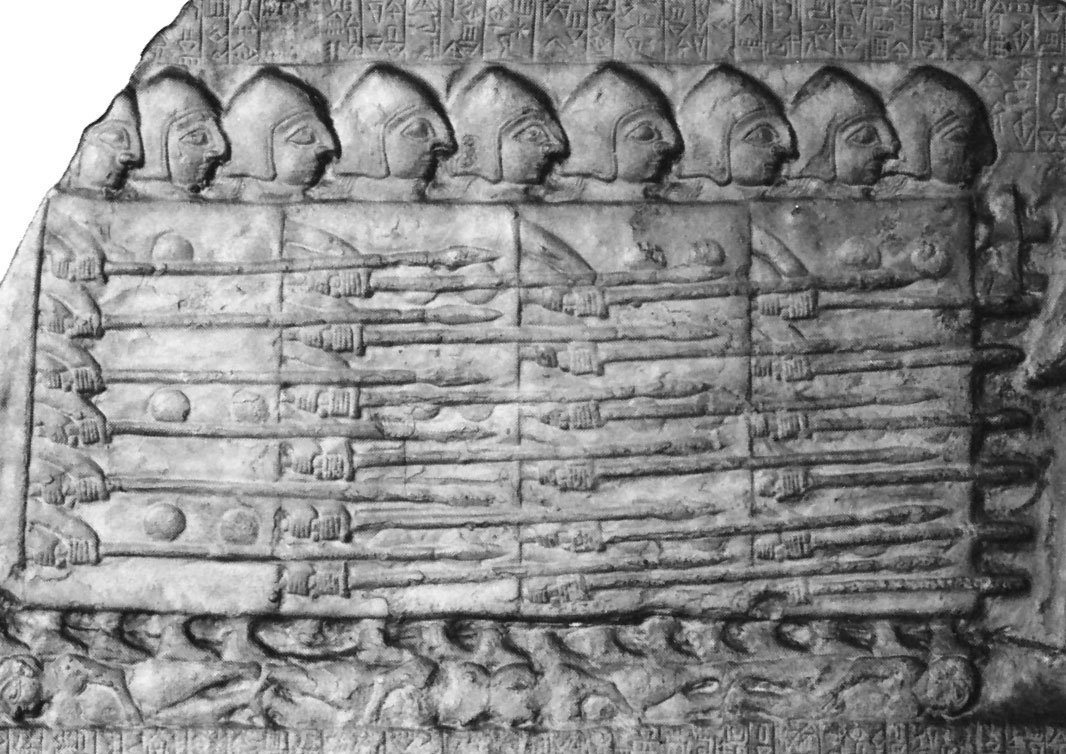
Sumerian phalanx, c. 2500 BC. A block of foot soldiers, standing shield-to-shield and presenting spears, advances in a dense mass typical of the phalanx. From the Stele of the Vultures, limestone bas-relief, c. 2500 BC. In the Louvre, Paris.Giraudon/Art Resource, New York. Image via Britannica
The king of Lagash, Eannatum, conquered all of Sumer and established one of the first verifiable empires in history. Eannatum even expanded his enormous influence beyond the boundaries of Sumer and during his reign, many palaces and formidable temples were built, especially in the city of Lagash.
It contains only seven pieces; the first three fragments were unearthed during excavations in the early 1880s by the French archaeologist Ernest de Sarzec (1832–1901) credited with the discovery of the civilization of ancient Sumer.
The place of the discovery is the mound of Tello (ancient Girsu) in what is today southern Iraq.
The excavations of 1888–1889, revealed another three fragments and finally, the last fragment was also discovered and later determined to be part of the Stele of the Vultures, the oldest known historical document.
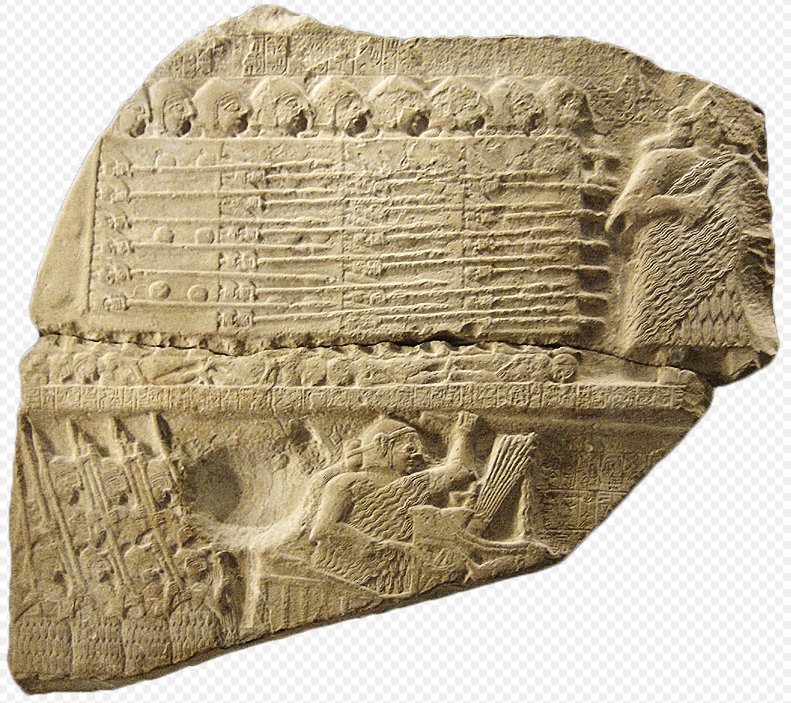
One fragment of the victory stele of the king Eannatum of Lagash over Umma, Sumerian archaic dynasties. Image credit: Sting - CC BY-SA 3.0
The Stele of the Vultures commemorates a victory of the city-state of Lagash over its neighboring city of Umma and depicts several religious, mythological, and historical scenes, and battles; the artwork was created during the time when the Sumerian artists commemorated important military victories, are celebrated on stone monuments.
The stele’s name relates to the vultures depicted in one of these scenes. The vultures are depicted with severed human heads in their beaks and a fragment of cuneiform script.
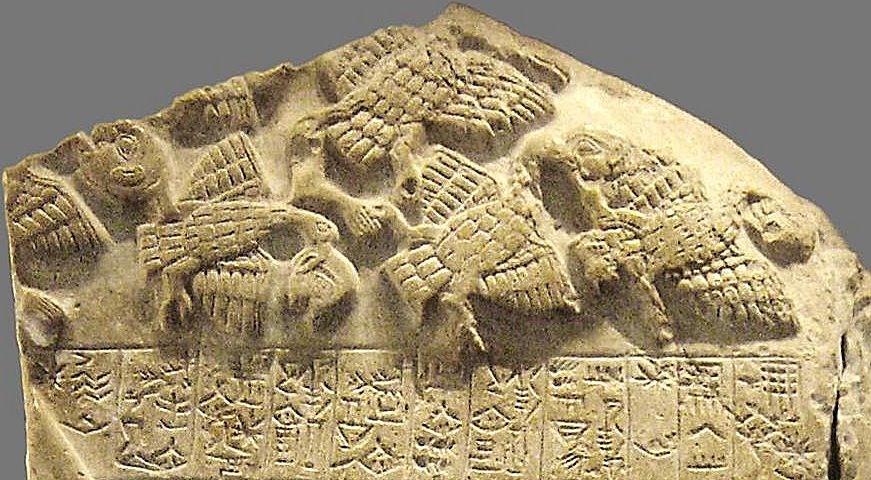
A fragment of the Stele of the Vultures showing vultures with severed human heads in their beaks and a fragment of cuneiform script. Image credit: Sting - CC BY-SA 3.0
The only seven fragments are known today and they are on display in the Louvre.
As reconstructed, the complete monument – decorated with carved reliefs on both sides - was probably 1.80 meters (5 ft 11 in) high, 1.30 meters (4 ft 3 in) wide, and 0.11 meters (4.3 in) thick and had a rounded top.
A very similar monument is the Victory Stele of Naram-Sin, created during the Akkadian period that followed on the Early Dynastic III period.
Unfortunately, the inscriptions on the Stele of the Vultures - written in the Sumerian cuneiform script - are not well-preserved and much of Sumer’s historical data is missing.
Written by – A. Sutherland - AncientPages.com Senior Staff Writer
Copyright © AncientPages.com All rights reserved. This material may not be published, broadcast, rewritten or redistributed in whole or part without the express written permission of AncientPages.com
More From Ancient Pages
-
 A New William Shakespeare First Folio discovered on Isle of Bute, Scotland
Archaeology | Apr 10, 2016
A New William Shakespeare First Folio discovered on Isle of Bute, Scotland
Archaeology | Apr 10, 2016 -
 Girl’s Ancient Tooth Solves One Of The Biggest Mysteries Of The Denisovans
Archaeology | May 17, 2022
Girl’s Ancient Tooth Solves One Of The Biggest Mysteries Of The Denisovans
Archaeology | May 17, 2022 -
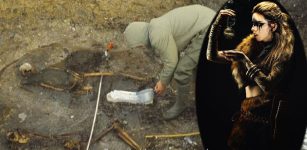 Mysterious Viking Gerdrup Grave – Burial Place Of Sorceress Katla And Her Son Odd Mentioned In The Eyrbyggja Saga?
Featured Stories | Mar 22, 2023
Mysterious Viking Gerdrup Grave – Burial Place Of Sorceress Katla And Her Son Odd Mentioned In The Eyrbyggja Saga?
Featured Stories | Mar 22, 2023 -
 On This Day In History: Ferdinand Magellan Reached Pacific And South American Strait – On Nov 28, 1520
News | Nov 28, 2016
On This Day In History: Ferdinand Magellan Reached Pacific And South American Strait – On Nov 28, 1520
News | Nov 28, 2016 -
 Hina Matsuri Festival – Sending Dolls In Boats Into The Ocean To Celebrate Girl’s Day In Japan – Ancient Shinto Tradition
Ancient History Facts | Mar 3, 2025
Hina Matsuri Festival – Sending Dolls In Boats Into The Ocean To Celebrate Girl’s Day In Japan – Ancient Shinto Tradition
Ancient History Facts | Mar 3, 2025 -
 Earliest Systematic Coal Exploitation For Fuel Goes Back To ~3600 B.P.
Archaeoastronomy | Aug 2, 2023
Earliest Systematic Coal Exploitation For Fuel Goes Back To ~3600 B.P.
Archaeoastronomy | Aug 2, 2023 -
 Evolution Mystery – Mini-Proteins In Human Organs Appeared ‘From Nowhere’
Human Beginnings | Feb 20, 2023
Evolution Mystery – Mini-Proteins In Human Organs Appeared ‘From Nowhere’
Human Beginnings | Feb 20, 2023 -
 Why Is A ‘Piggy Bank’ Shaped Like A Pig?
Ancient History Facts | Jun 11, 2018
Why Is A ‘Piggy Bank’ Shaped Like A Pig?
Ancient History Facts | Jun 11, 2018 -
 New Inscriptions, Gold And Paint Showed Thanks To Restoration In Temple Of Edfu
Archaeology | Sep 20, 2024
New Inscriptions, Gold And Paint Showed Thanks To Restoration In Temple Of Edfu
Archaeology | Sep 20, 2024 -
 Famous Philosopher Plato: One The Greatest Thinkers Of All Time And His Concept Of Soul
Featured Stories | Jun 25, 2018
Famous Philosopher Plato: One The Greatest Thinkers Of All Time And His Concept Of Soul
Featured Stories | Jun 25, 2018 -
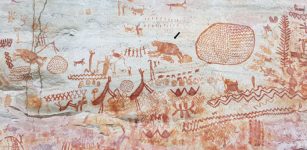 Puzzling Extinct Giants Depicted On 12,000-Year-Old Rock Paintings In The Colombian Amazon Rainforest Baffle Scientists
Archaeology | Mar 12, 2022
Puzzling Extinct Giants Depicted On 12,000-Year-Old Rock Paintings In The Colombian Amazon Rainforest Baffle Scientists
Archaeology | Mar 12, 2022 -
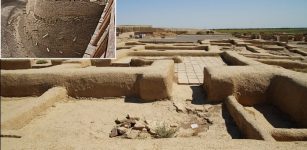 Climate Change, Not Genghis Khan Caused Demise Of Central Asia’s River Civilizations
Archaeology | Dec 17, 2020
Climate Change, Not Genghis Khan Caused Demise Of Central Asia’s River Civilizations
Archaeology | Dec 17, 2020 -
 Ancient Tombs Arranged In The Image Of A Galaxy Discovered In Sudan
Archaeology | Jul 8, 2021
Ancient Tombs Arranged In The Image Of A Galaxy Discovered In Sudan
Archaeology | Jul 8, 2021 -
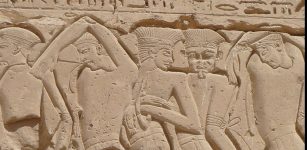 Mysterious Sea People: Many Theories But Their Origin Is still Unknown
Civilizations | Feb 24, 2015
Mysterious Sea People: Many Theories But Their Origin Is still Unknown
Civilizations | Feb 24, 2015 -
 Who Was The Mysterious Spitalfields Roman Noblewoman Dressed In Silk Found In A Sarcophagus In London?
Archaeology | Dec 21, 2020
Who Was The Mysterious Spitalfields Roman Noblewoman Dressed In Silk Found In A Sarcophagus In London?
Archaeology | Dec 21, 2020 -
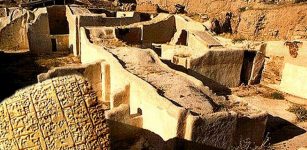 Controversial Discovery : 15,000 Ancient Ebla Tablets Prove Old Testament To Be Accurate
Archaeology | Oct 5, 2015
Controversial Discovery : 15,000 Ancient Ebla Tablets Prove Old Testament To Be Accurate
Archaeology | Oct 5, 2015 -
 Reconstructed Face Of A Young Man Who Lived Some 1,300 Years Ago
Archaeology | Jun 11, 2019
Reconstructed Face Of A Young Man Who Lived Some 1,300 Years Ago
Archaeology | Jun 11, 2019 -
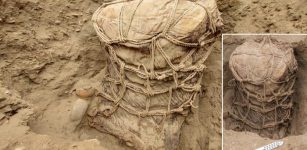 A 500-Year-Old Funerary Bundle And Pottery Probably Belonging To Ychsma Culture – Unearthed Near Lima, Peru
Archaeology | May 22, 2023
A 500-Year-Old Funerary Bundle And Pottery Probably Belonging To Ychsma Culture – Unearthed Near Lima, Peru
Archaeology | May 22, 2023 -
 Advent: Facts And History About The Christian Season Celebration
Christmas Traditions | Dec 1, 2024
Advent: Facts And History About The Christian Season Celebration
Christmas Traditions | Dec 1, 2024 -
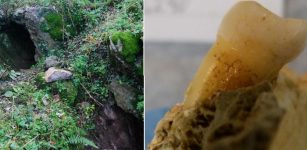 Bacteria Found In 4,000-Year-Old Human Molars Found In Cave – Responsible For Tooth Decay And Gum Disease – New Study
Archaeology | Mar 30, 2024
Bacteria Found In 4,000-Year-Old Human Molars Found In Cave – Responsible For Tooth Decay And Gum Disease – New Study
Archaeology | Mar 30, 2024
